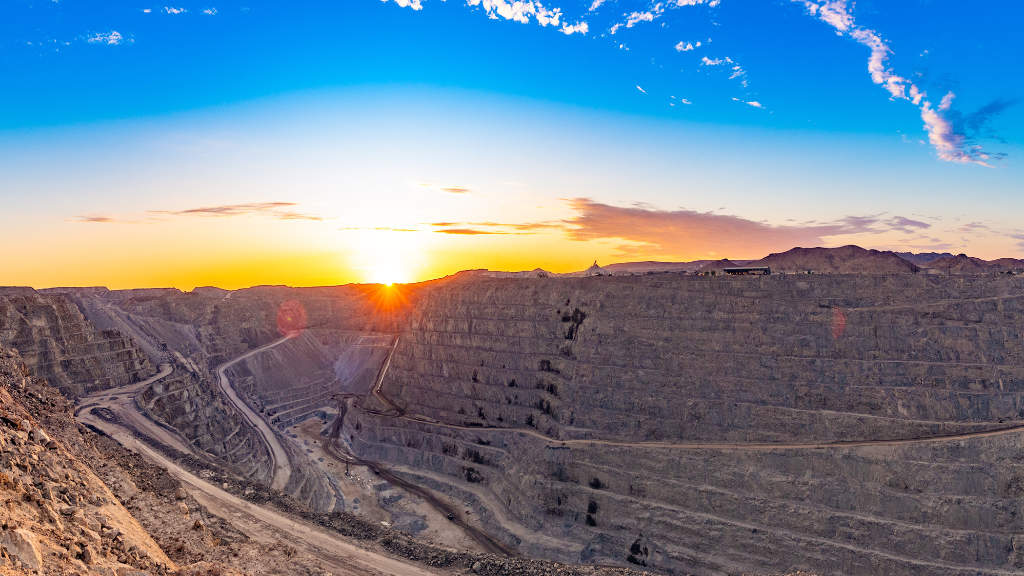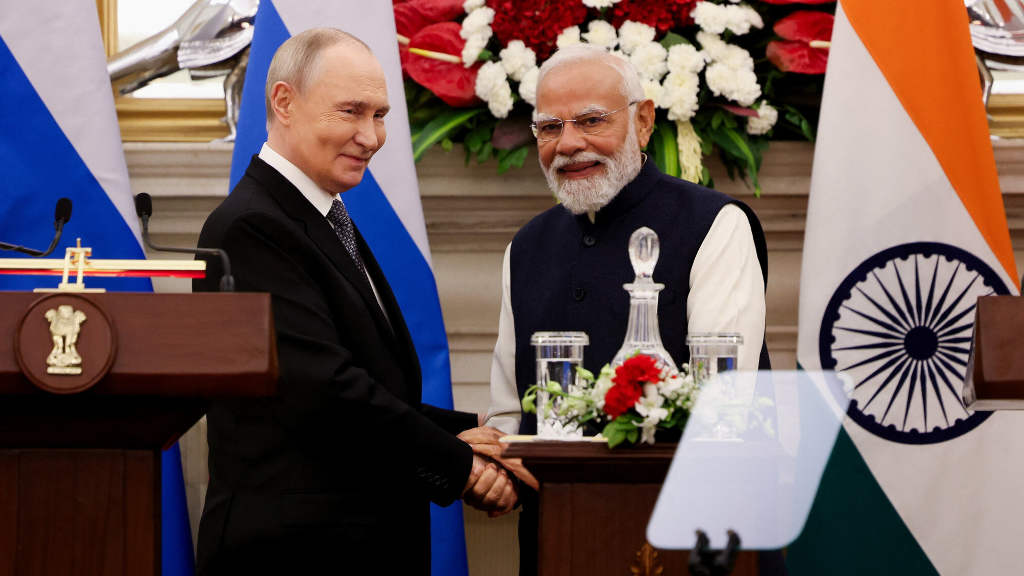The ‘Russia-Africa: Nuclear Education – Potential for Successful Regional Development’ forum has been taking place at the Peoples’ Friendship University (RUDN) in Moscow, with Frednard Gideon, Vice Chancellor of the University of Namibia (UNAM) stating that “Namibia is the world’s fourth-largest producer of uranium. We started mining it in 1976. Uranium is produced, but it is immediately exported. Many foreigners come to Africa and take everything. Russia is a reliable and equal partner. That is why we are interested in cooperation.”
Windhoek and Moscow established diplomatic relations in 1990, and have since developed cooperation in the political, economic, trade, and humanitarian spheres.
The ‘Russia-Africa Nuclear Education’ event, organized by RUDN and the Russian nuclear energy giant Rosatom, has been taking place since 2020 and aims to promote nuclear education in partner countries, as well as increase interest and trust in nuclear technology.

Russian Foreign Minister Sergey Lavrov announced following talks with his Namibian counterpart Peya Mushelenga last March that the two countries are aiming to boost trade and investment in various sectors. Lavrov highlighted opportunities for cooperation in mineral resources, energy, agriculture, tourism, and healthcare.
Meanwhile, Mushelenga said at the First Ministerial Conference of the Russia-Africa Partnership Forum that the state has the largest uranium reserves in the world and is among the top ten exporters of polished diamonds and rough diamonds in the world.
‘We welcome the establishment of joint ventures in order to produce value-added products. The aim is to industrialise our economy. There is a programme in place, its objective is that the raw materials that are mined in the country should be processed in Namibia. It is important to provide training to our nationals so that they can work in the oil and gas industry, which will be a new industry in Namibia,’ Samuel Abram Peya Mushelenga emphasised.
Namibia’s uranium production is significant, although the main Tsumeb/Matchless mine complex near Windhoek has trouble accessing new ore formations, and additional mines are required to prevent medium-term output reduction. In addition to uranium, about 30% of the world’s diamond production is from Namibia, albeit the value of this fluctuates with global prices.
Bilateral trade is currently running at about US$17 million, with the bulk of this the export of Russian fertilizers. That could be significantly increased should Russian nuclear and diamond industries begin to develop operations in the country.
Further Reading






